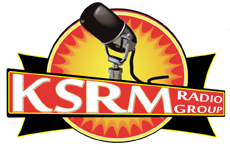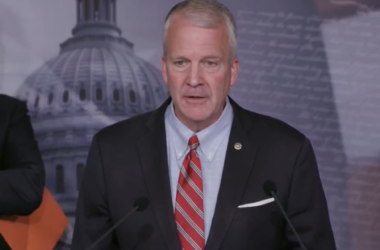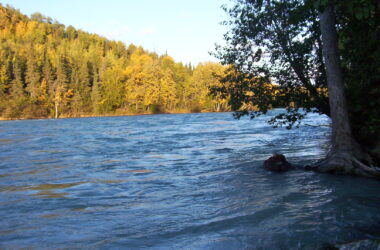On December 11th, 2024, a 33-year-old baler used for recycling at the Central Peninsula Landfill (CPL) in Soldotna suffered damage. The baler’s primary ram failed.
The force involved in destroying this piece of equipment sheared 36 one-inch bolts. All the piping kicked back about a foot and bent large-diameter pipes.
According to Kenai Peninsula Borough Mayor Peter Micciche, the baler will be replaced once they evaluate and redesign how they handle all trash at the facility more efficiently.
The borough is looking at all recycling waste streams that they’ve recycled and not recycled in the past.
Mayor Micciche says one example of this is tires. There are 10,000 tires a year that come into the landfill that have been going into the CD cell, where they are then stored forever. “That is a marketable waste stream that can be used for many other things instead of adding to the enormous cost we see in managing the landfill.”
The borough is also looking for the best value for taxpayers while considering what’s best for the planet over the next few months.
They are currently recycling what they can, including aluminum and glass.
When it comes to recycling, consideration for what’s best for the planet is not apparent, considering that the KPB generates over 2,000,000 lbs of carbon annually while collecting low-value recyclables, which often don’t have anywhere to go after they are collected and separated.
Considering these, the mayor is hopeful the borough can reduce the cost of municipal solid waste.
Micciche says the cost of managing solid waste in the borough has increased by 50% in the past five years. “We have to do better than that. It’s an exercise in efficiency and cost management while still looking for what’s best for the planet.”
While some materials can be managed, the baler often compresses fluffy-like materials that may become unmanageable because of their volume. Those materials must be condensed before they’re handled and moved elsewhere, or they could result in massive piles of waste.
For now, in place of the baler, the borough is discussing bringing in contractors to recycle metal. With glass, the borough will continue using standard practices to keep it out of the landfill.
If paper and cardboard aren’t recycled and are not baled or kept dry, it can turn to mush.
Plastic would be transferred into the landfill because of its volume, and to avoid keeping it in a place where it could become large mountains of unusable recyclables.
Micciche says the most responsible thing would be to bury it instead of sending it somewhere where we don’t know what will happen to it. If it ends up in another country where they don’t bury it responsibly, it could end up in the oceans or rivers.
“The most important thing for us to do as a borough is not only manage the cost, but understand what’s best for the planet and have a realistic view that understands on a cradle to grave basis where items are going that we choose to recycle.”
The borough will involve different groups and experts involved in the recycling effort and publish the results of their findings so the public knows what they’re doing, how they’re doing it, and what the costs will be.






